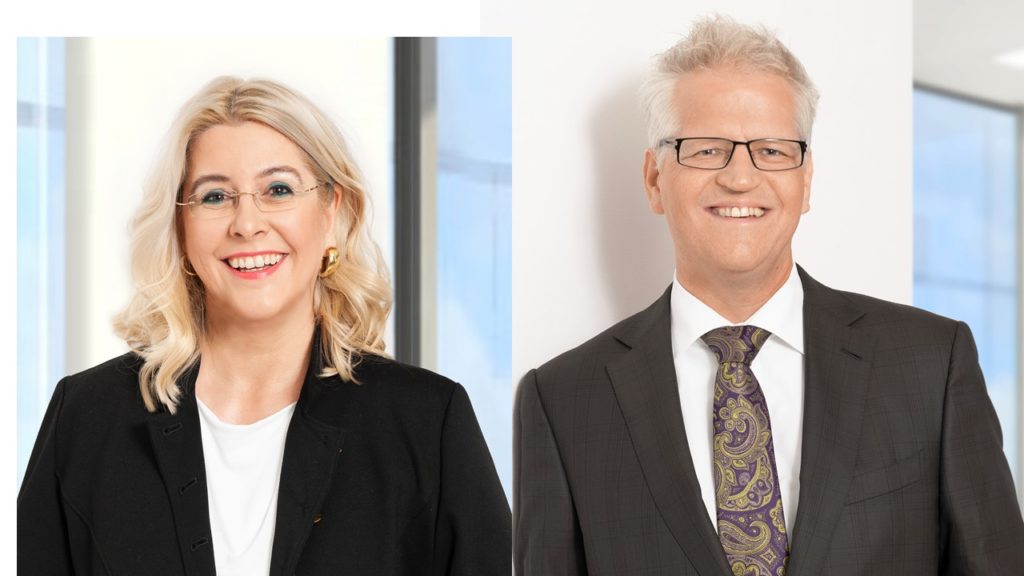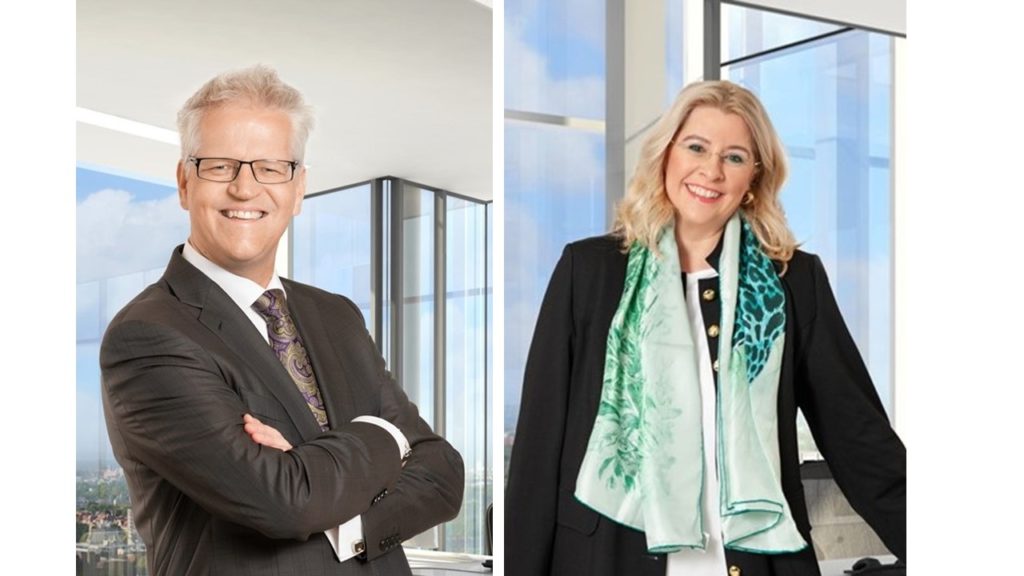by Sabine Breun and Joerg Baumann, August 10, 2020
To-date 20,000,000 SARS-CoV-2 infected individuals have been recorded globally, with an unknown number of unrecorded cases.
A pandemic always is subject to an unpredictable development and dynamics. Based on experience, virologists and epidemiologists may extrapolate certain dynamics of a pandemic, which is depending on the pathogen and the behavior of the human population. A timely application of new scientific findings would help to avoid unnecessary harm. In Germany, in the spring of 2020, this has worked very well, while several other countries failed to manage a cooperation between science, politics, people, and economy.
This brings us to the one thing that people, economy, and politics need to give scientists: It is about trust and the appreciation that only prevention may avoid harm by a pandemic.
Scientists may err sometimes. However, science has the unique characteristic of error correction. Thus, with time there may be adjustments regarding scientific advice, based on new findings.
The big issue with a pandemic is the fact, that for a lay person there is no direct link between individual misbehavior, an invisible virus, infection numbers, and ultimately deaths. There is no immediate penalty or reward, but a time-delayed dynamic, making it hard for a lay person to bring into context misbehavior and stupidity with the course of the pandemic.
A pandemic does not immediately penalize the person who is misbehaving, but rather indirectly, with a time delay, and probably different people altogether.
The SARS-CoV-2 pandemic is having its unique dynamic. SARS-CoV-2 is being spread differently by individuals. There are infected persons who do spread less virus, while there are so called ‘super spreaders’, infecting numerous others.
According to current data, a person is considered infectious for 8 to 10 days post infection. Only two to three days after infection, symptoms arise, without the individual’s prior knowledge of infection.
The necessary tests do pose several drawbacks (in Germany):
(1) Momentarily there are long delays in test result communication. This is due mainly to the necessity to send samples to remote laboratories, and in many cases, there seems to be a lack of organization.
(2) The swab needs to be done carefully, since contaminations will interfere with the highly sensitive test.
(3) The test is priced at € 120, which we consider outrageously high. Christian Drosten very early provided his test for free to the WHO. This test is well designed, makes sense and is safe and sensitive. A fair price would be around € 20.

Recent scientific meta studies, compiling the most relevant studies, make it clear that, depending on temperature, indoor conditions, and humidity, the virus is capable to stay infectious in smallest aerosols floating in the air for hours. This is providing a highly contagious environment in closed rooms without air circulation.
Circulation by air conditioning is spreading infectious virus thus increasing the risk of infection. The only way to prevent this would be a HEPA filter, which needs to be exchanged regularly. This also does not reduce the risk to zero. The HEPA filter itself during the exchange is considered itself highly contagious.
The use of face masks is providing a certain level of protection by aerosols. This protection is stronger for others than for the wearer him/herself. A certain protection for the wearer was underestimated in the beginning of the pandemic. It is a small one, but measurable, it is depending on the material, the specification, the correct handling, and the wearer’s discipline.
SARS-CoV-2 is infecting cells that carry a specific receptor, which is found on many tissues. Thus, the virus may affect all organs, including the CNS. Long-term damage is foreseeable, also with damage resulting from the immune system’s action. Similar to the Influenza pandemic of 1918, we would expect COVID-19 long-term effects to lead to a wave of further deaths and chronic illness. This is adding to the not yet accountable harm that intensive care and ventilation of severe cases will have on those patients.

There is a global hunt for a vaccine. A vaccine would provide the best opportunity to stop the pandemic. However, if such a vaccine will provide the necessary level of protection is not known. Patients who have recovered from COVID-19, are losing the specific antibody mediated protection. The antibody titer is declining rapidly after several weeks already. Therefore, a recurrent infection is possible since there is no life-long immunity. This is known from other coronaviruses for years now.
A vaccine needs to face this issue. Therefore, we do not think a vaccine, no matter on what basis, will have a resounding success.
The ‘immune passport’ is history as well since it would come with an expiration date.
Drugs that had been approved for other diseases merely pose a poor secondary choice. They might be the one small advantage that is helping a patient to survive.
Chloroquine (a malaria drug), enthusiastically touted at first, did not show any positive effect.
Remdesivir (licensed for Ebola virus infections) needs to be applied intravenously in high dosage. Its effect is weaker than against Ebola virus, but might help in emergency cases to safe a patient’s life. It is, however, not suitable for broad application.
Dexamethasone, a glucocorticoid hormone, does suppress an overshooting immune response, which might be deadly (as seen in the 1918 Influenza pandemic). Dexamethasone is helping in acute situations but is not suitable for long-term use.

This virus will be present in the global population for the time being.
Everybody has got the following means to protect him/herself and his/her surroundings: There is an etiquette including physical distancing, face masks, hand washing, general hygiene, caution, and attention. Every close contact with a contagious individual who might not be aware of his/her condition is enabling the virus a ride.
We expect to have to live with this virus for the coming years, and probably decades. Maybe there will be another pandemic to join forces (the annual influenza season is looming), providing a double impact on people and their immune system.
For several years, there is an avian influenza strain raging through China. It is highly contagious but does NOT YET spread from human to human. It is a question of time, when it might acquire this trait. These are the prerequisites for pandemics, such as those of the years 1918 and 1957 (the so called “Hong Kong Flu”). New vaccines need to be developed annually.
The consequences of such pandemics, for individuals, for generations, for society and economy in countries around the world may be seen with the current pandemic, with an open ending.

We do have the opportunity – through decades of hard work, and serendipitous findings on the way – to beat viruses, to curtail pandemics, to provide prophylaxis and treatment.
The SAJO key technology is providing a battery of highly efficient drugs of a new generation. We are able to deliver this battery – a fireworks of antiviral containment. It would be a bad choice not to use this tool.
SAJO will make the difference. The earlier we may start the faster the delivery of antivirals.
SAJO stands for a HEALTHY and BETTER WORLD and FUTURE!
Now you are up to date again. SARS-CoV-2 successfully dodged many intelligent measures, except for responsible acts by the individual. So, do not falter in your attention, do not start to become careless, stay alert and healthy.
Yours, Sabine and Joerg

SAJO – for a healthy and better future!

This is providing an opportunity to those of you who want to put a stop on this pandemic, who do have the money, to just do it. Give us a call and take part!
We would be pleased to join forces with you!

